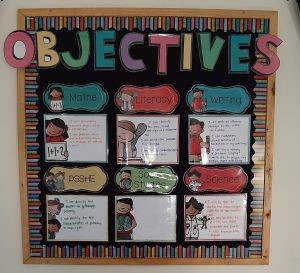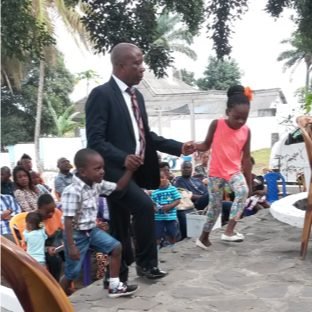Supporting Students with Special Needs
The number of students with special needs seems to be growing. There are more students with higher learning needs, deeper emotional struggles, and ongoing medical issues, all of which impact learning. How do we respond to this increase in need: with excitement? stress? concern? hope?
Colossians 3:12-13a says, “Put on then, as God’s chosen ones, holy and beloved, compassionate hearts, kindness, humility, meekness, and patience, bearing with one another.”
There are times that I feel qualified to help these students, but there are other times when I feel at a loss as to how to handle a particular problem, emotion, or situation. So what are we to do in our classrooms? How do we effectively address this growing need?
Build a Team: Humility
Remember you are not alone.
 Whether you are a classroom teacher, administrator, counsellor, or support staff, you should be working as a team to support students with special needs. Having a team of people, whether it is two or ten, is important for several reasons. First, we all see things differently, have insight from different experiences, and hold different areas of expertise. Team members can learn from one another. Together they can develop better plans for addressing individual situations. A team has more resources from which to draw. Second, having a team helps with the emotional burden that can come from supporting struggling students. A team not only provides support for the specific student, but it also provides the support needed for the staff working with the student. A team can help us appropriately process emotions and frustrations. Do not let pride cause you to try to solve the problems on your own; build a team to support and pray for the student and for one another.
Whether you are a classroom teacher, administrator, counsellor, or support staff, you should be working as a team to support students with special needs. Having a team of people, whether it is two or ten, is important for several reasons. First, we all see things differently, have insight from different experiences, and hold different areas of expertise. Team members can learn from one another. Together they can develop better plans for addressing individual situations. A team has more resources from which to draw. Second, having a team helps with the emotional burden that can come from supporting struggling students. A team not only provides support for the specific student, but it also provides the support needed for the staff working with the student. A team can help us appropriately process emotions and frustrations. Do not let pride cause you to try to solve the problems on your own; build a team to support and pray for the student and for one another.
Build Rapport: Compassion and Patience
I can usually tell when I have rapport with a student and when I don’t. But what exactly is rapport? Webster defines it as a relationship characterised by mutual understanding and empathy. If a teacher is able to instruct, correct, critique, and encourage a student towards growth, then they have rapport with that student. This means trust.
Rapport takes time to build—sometimes a very long time! It took me about four months to build rapport with one of my former students in San Diego. I knew it was there when after storming out of the classroom, he came back in on his own accord and apologised to me. It took six months with one of my current students at Black Forest Academy. Students with special needs need to know you won’t give up on them, even if they may have already given up on themselves.
5 Actions that Build Rapport
1. Acknowledge frustrations and struggles; let the student be heard and validated
2. Model asking for and offering forgiveness
3. Start each day with a fresh slate
4. Use humour in appropriate ways to build a culture of fun that does not belittle anyone
5. Look for other adults who have built good rapport with the student and ask for their input
5 Actions that Break Rapport
1. Give up, or believe this student will never change
2. Publicly humiliate a student (from their perception)
3. Demand quicker progress when the student is already trying his/her hardest
4. Don’t acknowledge student growth
5. Be inflexible
Build Structure: Bear with One Another
 Students with special needs want to be like everyone else. They don’t want to feel stupid, slow, forgetful, or outcast, but often they do. They lack confidence in trying new things because they may fail again. These students feel they are always scrambling to keep up with their peers. What many students learn intuitively, students with special needs need to be taught directly.
Students with special needs want to be like everyone else. They don’t want to feel stupid, slow, forgetful, or outcast, but often they do. They lack confidence in trying new things because they may fail again. These students feel they are always scrambling to keep up with their peers. What many students learn intuitively, students with special needs need to be taught directly.
Having a structured classroom can help these students tremendously. When the classroom is organised, expectations consistent, communication clear and the materials accessible, a student with special needs is more likely to thrive in the classroom. These things don’t just apply to the elementary classroom, but are also necessary in the upper grades as well. Develop routines for your class, procedures for regular activities, and make sure all your handouts have clear directions, with print and pictures clearly organised. Demonstrate aloud to your class how you organise your activities, your assignments, your thoughts, since students with special needs need things explicitly modeled.
By working together, building rapport, and structuring our classrooms we can go a long way towards helping our students with special needs.
Rebecca Swanson, M.A. Special Education
Resource Room Supervisor, Black Forest Academy






